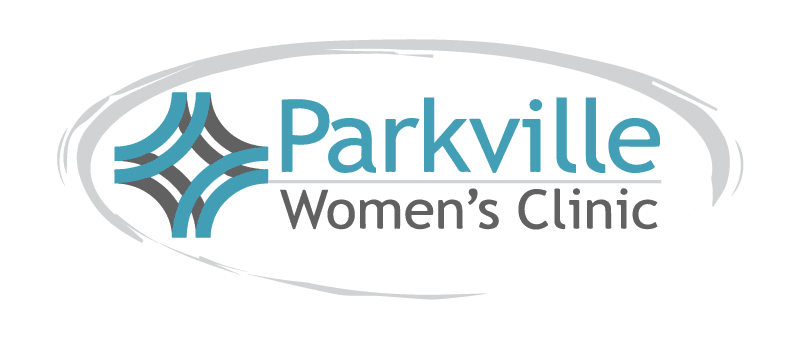The abortion pill has become the most common abortion method largely for its convenience and because it is perceived to be more natural than the surgical alternative.
However, just because something is more convenient doesn’t mean it is safer.
Likewise, just because you can take the pill at home doesn’t make it a natural process for your body to go through.
It is important to understand potential side effects and risk factors associated with the abortion pill so you can be prepared to get the help you need when you need it.
One of the most serious side effects of the abortion pill is the possibility of an incomplete abortion.
What is an incomplete abortion?
An incomplete abortion occurs when a pregnancy is terminated, but not all the pregnancy tissue (fetal tissue, placenta, etc.) is fully expelled from the uterus.
If you are experiencing a incomplete abortion, it does not mean you are still pregnant. Rather, it means that some of the pregnancy tissue remains inside your uterus. This is a serious condition requiring you to seek immediate medical intervention.
If an incomplete abortion is left untreated it can lead to serious complications like heavy bleeding, infection, and the need for a surgical procedure to remove the remaining tissue.
What are the signs and symptoms of incomplete abortion?
Common incomplete abortion symptoms include:
- Pain in the abdominal/pelvic regions or back pain that does not get better with pain medication
- Cramping
- Heavy vaginal bleeding (soaking more than two pads an hour for two hours)
- Passing large blood clots or pieces of tissue
- Low blood pressure, also known as hypotension
- Feeling faint or light-headed
- Increased pulse rate (100 beats per minute or more during periods of rest)
- Foul-smelling vaginal discharge
- A fever (temperature above 100.4 °F) or chills

When should I seek medical attention?
Seek immediate medical attention from the nearest emergency room if you are showing any of the above signs or suspect something isn’t right. Getting immediate medical care is necessary for your safety and to limit future complications.
How are incomplete abortions treated?
The most common treatment for this condition is a repeat dose of misoprostol. Depending on doctor recommendations and patient request, other methods such as uterine aspiration or expectant management may be considered instead.
Let’s break these down in more detail.
- Repeat dose of misoprostol
- Treatment of incomplete abortion using a repeated dose of misoprostol is 99% effective at emptying the uterus if the pregnancy is 12 or fewer weeks.
- Uterine aspiration
- Uterine aspiration (also called suction or vacuum aspiration) is a medical procedure in which the cervix is dilated (opened) and a suction device is used to empty the uterus.
- Expectant management
- This involves waiting and allowing the uterus to empty its contents spontaneously. This method is not typically recommended due to lower success rates and the timeline for such events to occur is unpredictable.
How common is an incomplete abortion?
Surgery for incomplete abortion is required 3-8% of the time following an attempted chemical (medical) abortion. It is important that you monitor your symptoms and watch for signs of incomplete abortion.
If you’ve taken the abortion pill regimen of mifepristone and misoprostol and are experiencing troublesome symptoms, go to your nearest emergency room as soon as possible. Incomplete abortion, though rare, is a serious condition requiring immediate medical attention.

Where can I get more info and after-abortion support?
At Parkville Women’s Clinic we offer after-abortion assessments. If you have had an abortion recently and want to ensure your body is healing appropriately, want to talk through any concerns, or need help processing your grief, schedule an appointment to come see us.
Our trained staff will offer you information, resources, and support. You are not alone.


Recent Comments